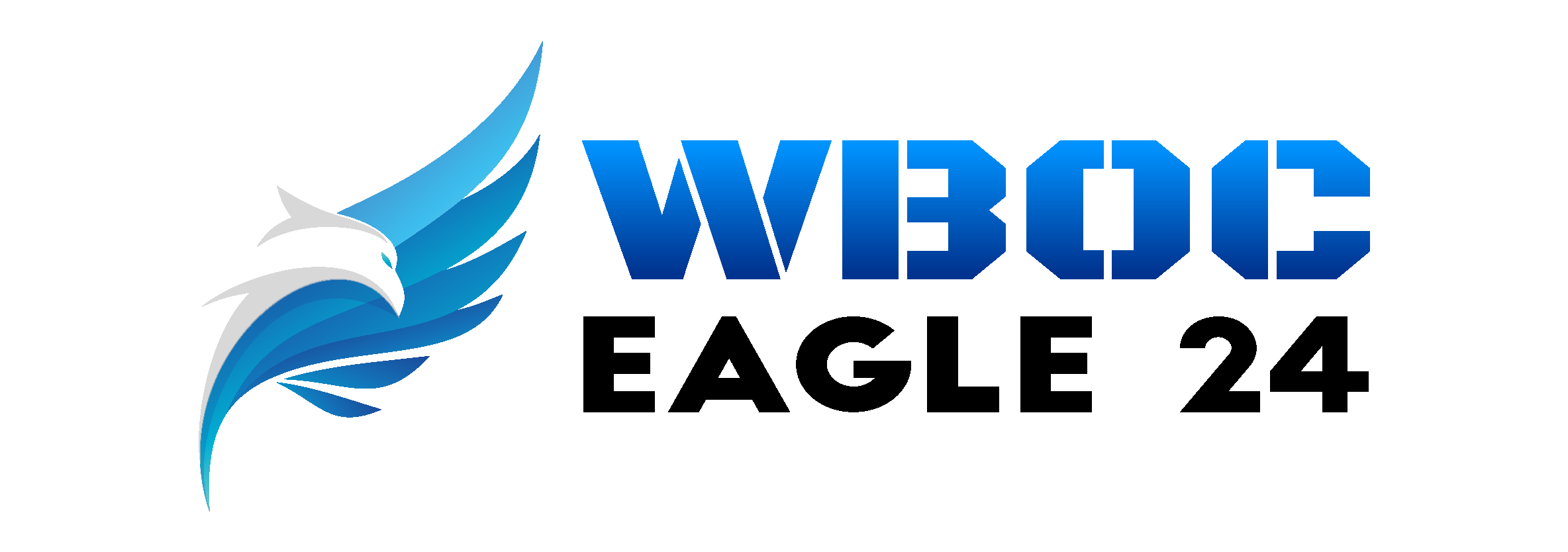Smart Tourism Market Size, Growth Drivers, and Forecast 2024-2032
The study of the global Smart Tourism Market Share 2024 in the report, which is a thoroughly researched presentation of the data. The analysis delves into some of the key facets of the global Smart Tourism Market and shows how drivers like pricing, competition, market dynamics, regional growth, gross margin, and consumption will affect the market’s performance. A thorough analysis of the competitive landscape and in-depth company profiles of the top players in the Smart Tourism Market are included in the study. It provides a summary of precise market data, including production, revenue, market value, volume, market share, and growth rate.
The Smart Tourism Market report majorly focuses on market trends, historical growth rates, technologies, and the changing investment structure. Additionally, the report shows the latest market insights, increasing growth opportunities, business strategies, and growth plans adopted by major players. Moreover, it contains an analysis of current market dynamics, future developments, and Porter’s Five Forces Analysis.
Factors Driving Demand in the Smart Tourism Market:
Several factors are driving the demand for smart tourism solutions. One key driver is the increasing expectation for seamless and personalized travel experiences. Today’s tourists are tech-savvy and expect high levels of convenience and customization in their travel arrangements. Smart tourism technologies enable destinations and businesses to meet these expectations by providing personalized recommendations, real-time information, and tailored services. The ability to offer unique and memorable experiences is crucial for attracting and retaining tourists in a competitive market.
Another significant factor is the growing emphasis on sustainability and efficient resource management. Smart tourism technologies can help destinations manage resources more effectively and reduce their environmental impact. For instance, smart energy management systems can optimize energy usage in hotels, while smart transportation systems can reduce traffic congestion and emissions. Tourists are increasingly conscious of their environmental footprint and are likely to favor destinations that prioritize sustainability. This focus on eco-friendly practices is driving the adoption of smart technologies in the tourism industry.
Additionally, the impact of the COVID-19 pandemic has accelerated the adoption of smart tourism solutions. The need for contactless interactions, health and safety monitoring, and efficient crowd management has highlighted the importance of digital solutions in ensuring safe and enjoyable travel experiences. Technologies such as contactless payments, digital health passports, and real-time crowd analytics have become essential in the post-pandemic tourism landscape. This shift towards digitalization is expected to continue driving demand for smart tourism solutions.
Furthermore, government initiatives and investments in smart city infrastructure are supporting the growth of the smart tourism market. Many cities and regions are investing in smart technologies to enhance their appeal as tourist destinations. These initiatives often include the development of smart transportation systems, digital tourist information centers, and integrated mobile apps for tourists. Government support and funding are crucial for the implementation and scaling of smart tourism projects, further driving market growth.
In summary, the Smart Tourism market is experiencing significant growth driven by trends in IoT and AI adoption, mobile technology integration, and the increasing demand for personalized and sustainable travel experiences. The impact of the COVID-19 pandemic and government initiatives are also key factors fueling the demand for smart tourism solutions. As the industry continues to evolve, smart technologies will play an increasingly important role in shaping the future of tourism.
Major Trends in the Smart Tourism Market:
The Smart Tourism market is rapidly evolving, influenced by several key trends that reflect the integration of advanced technologies to enhance the travel experience. One major trend is the adoption of IoT (Internet of Things) and connected devices. IoT technology is being used to create interconnected environments within tourist destinations, such as smart hotels, airports, and city infrastructure. These connected systems can provide real-time information, automate processes, and enhance the overall convenience and comfort for tourists. For example, smart sensors can monitor and manage energy use in hotels, while smart beacons can provide location-based information and services to tourists.
Another significant trend is the use of artificial intelligence (AI) and big data analytics in the tourism industry. AI-driven chatbots and virtual assistants are increasingly being deployed to provide personalized customer service and support, helping tourists with everything from booking tickets to finding local attractions. Big data analytics enables tourism businesses to analyze large volumes of data to gain insights into tourist behavior and preferences, allowing for more targeted marketing and customized experiences. This trend is helping destinations and businesses enhance their offerings and improve tourist satisfaction.
Moreover, the rise of mobile applications and platforms is transforming how tourists plan and experience their trips. Mobile apps are being used for a wide range of purposes, including booking accommodations, finding restaurants, navigating cities, and accessing travel guides. These apps often integrate augmented reality (AR) to provide immersive experiences, such as virtual tours of historical sites or interactive city maps. The convenience and accessibility offered by mobile technology are driving its widespread adoption in the smart tourism sector.
List of Top Companies in Smart Tourism Market:
- InnoQuant Strategic Analytics
- L.
- Booking Holdings Inc.
- TripAdvisor LLC
- AudioConexus Inc.
- Expedia, Inc
- Kayak
- QUNR
- Ctrip
- Orbitz
- MakeMyTrip
- TravelZoo
- Sabre Corporation
- Opodo
- Travelgenio
- Voyages
- Webjet
Market Overview: A product/services overview and the size of the global Smart Tourism Market are included. It provides a summary of the report’s segmental analysis. Here, the focus is on the product/service type, application, and regional . Revenue and sales market estimates are also included in this chapter.
Competition: This section includes information on market conditions and trends, analyzes manufacturers, and provides data on average prices paid by players, revenue and revenue shares of individual market players, sales and sales shares of individual players.
Company Profiles: This part of the research provides in-depth, analytical information on the financial and business strategy data of some of the top players in the global Smart Tourism Market. This chapter of the report also covers a number of other specifics, such as product/service descriptions, portfolios, regional reach, and revenue splits.
Region-wise Sales Analysis: This portion of the study provides market data along with regional revenue, sales, and market share analysis. Additionally, it offers estimates for each examined regional market’s sales and sales growth rate, pricing scheme, revenue, and other factors.
North America (United States, Canada, and Mexico)
Europe (Germany, France, UK, Russia, and Italy)
Asia-Pacific (China, Japan, Korea, India, and Southeast Asia)
South America (Brazil, Argentina, Colombia, etc.)
The Middle East and Africa (Saudi Arabia, UAE, Egypt, Nigeria, and South Africa)
Customize this report as per your requirement
Market Segmentation:
The Market Segmentation section provides a detailed analysis of Smart Tourism Market size detailing how the market is categorized based on various factors, enabling a more nuanced understanding of customer needs and preferences. This strategic approach helps businesses tailor their products, services, and marketing strategies to specific segments, optimizing overall market performance.
By offering a granular analysis of Smart Tourism Market segmentation, this report equips stakeholders with the tools needed to make informed decisions, enhance customer satisfaction, and stay ahead of evolving market dynamics.
FAQ’s
Q.1. What are the primary drivers of the Smart Tourism Market?
Q.2. What are the main factors propelling and impeding the growth of the Smart Tourism Market?
Q.3. What are the general structure, risks, and opportunities of the market?
Q.4. How do the prices, revenue, and sales of the leading Smart Tourism Market firms compare?
Q.5. What are the main segments of the market and how is it divided up?
Q.6. Which companies dominate the market, and what percentage of the market do they control?
Q.7. What trends are influencing the Smart Tourism Market now and in the future?
why purchase research report from fortunebusinessinsights:
-
Comprehensive Data: These reports typically contain in-depth market analysis, including industry trends, market size, growth projections, and competitive landscape. This data is often gathered through extensive research and analysis, which can be time-consuming and difficult to compile independently.
-
Expert Analysis: Research reports usually include insights and analyses from industry experts. This expert perspective can provide a deeper understanding of the market, helping you make informed business decisions.
-
Time-Saving: Compiling the level of detailed information found in these reports would take a significant amount of time. Purchasing a report allows you to access the information quickly and efficiently.
-
Reliable Sources: Companies like Fortune Business Insights use reliable data sources and methodologies, ensuring that the information provided is accurate and trustworthy.
-
Strategic Planning: These reports can be crucial for strategic planning, helping businesses understand market opportunities, threats, and competitive strategies.
-
Investment Insights: For investors, these reports provide a clear understanding of market potential and risks, which is essential for making investment decisions.
Key Points from TOC:
1. Introduction
1.1. Research Scope
1.2. Market Segmentation
1.3. Research Methodology
1.4. Definitions and Assumptions
2. Executive Summary
3. Market Dynamics
3.1. Market Drivers
3.2. Market Restraints
3.3. Market Opportunities
4. Key Insights
4.1 Global Statistics — Key Countries
4.2 New Product Launches
4.3 Pipeline Analysis
4.4 Regulatory Scenario — Key Countries
4.5 Recent Industry Developments — Partnerships, Mergers & Acquisitions
5. Global Smart Tourism Market Analysis, Insights and Forecast
5.1. Key Findings/ Summary
5.2. Market Analysis — By Product Type
5.3. Market Analysis — By Distribution Channel
5.4. Market Analysis — By Countries/Sub-regions
……………
11. Competitive Analysis
11.1. Key Industry Developments
11.2. Global Market Share Analysis
11.3. Competition Dashboard
11.4. Comparative Analysis — Major Players
12. Company Profiles
12.1 Overview
12.2 Products & Services
12.3 SWOT Analysis
12.4 Recent developments
12.5 Major Investments
12.6 Regional Market Size and Demand
13. Strategic Recommendations
TOC Continued……………….
To speak to our analyst for a discussion on the above findings, click Speak to Analyst
Related Report:
IPTV Market 2024 By Size, Share, Forecast And Trends Analysis Report 2033
5G Testing Equipment Market Size, Product Trends, Key Drivers, Share Analysis And Forecast To 2032
Geofencing Market Size, Share, and Trends Analysis 2024-2032
Optical Wavelength Services Market Emerging Trends and Growth Projections 2032
Inventory Management Software Market 2024 Size, Share, Trends, Technology, Challenges And Forecast By 2032
Analytics-as-a-Service Market 2024 By Size, Share, Forecast And Trends Analysis Report 2033
Supply Chain Analytics Market Size, Product Trends, Key Drivers, Share Analysis And Forecast To 2032


